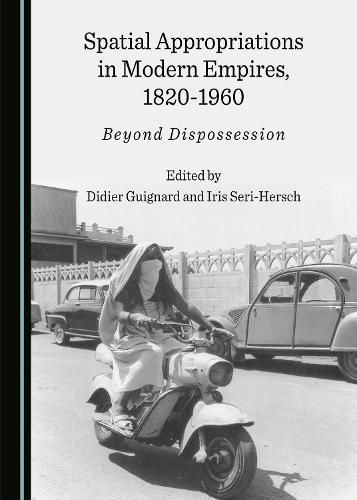Readings Newsletter
Become a Readings Member to make your shopping experience even easier.
Sign in or sign up for free!
You’re not far away from qualifying for FREE standard shipping within Australia
You’ve qualified for FREE standard shipping within Australia
The cart is loading…






This book provides fresh insights into colonial and imperial histories by focusing on spatial appropriations. Moving away from European notions of property, appropriation encompasses the many ways in which social actors consider a space as their own. This space may be physical or immaterial, public or intimate, lived or imagined.In modern empires, spatial appropriations amounted neither to a material and violent dispossession orchestrated by European or Japanese powers, nor to an ongoing and unquestioned resistance by subaltern peoples. They were rather sites of complex interactions, in which the part of each actor owed as much to foreign domination as to other political, social, economic and environmental factors.Cutting across common historiographical boundaries, the chapters of this book bring to light the declination and conjugation of various forms of spatial appropriation in the modern imperial age (1820-1960), taking readers on a journey from Russia to China, from the United States to South America, and from the Mediterranean world to Africa.
$9.00 standard shipping within Australia
FREE standard shipping within Australia for orders over $100.00
Express & International shipping calculated at checkout
This book provides fresh insights into colonial and imperial histories by focusing on spatial appropriations. Moving away from European notions of property, appropriation encompasses the many ways in which social actors consider a space as their own. This space may be physical or immaterial, public or intimate, lived or imagined.In modern empires, spatial appropriations amounted neither to a material and violent dispossession orchestrated by European or Japanese powers, nor to an ongoing and unquestioned resistance by subaltern peoples. They were rather sites of complex interactions, in which the part of each actor owed as much to foreign domination as to other political, social, economic and environmental factors.Cutting across common historiographical boundaries, the chapters of this book bring to light the declination and conjugation of various forms of spatial appropriation in the modern imperial age (1820-1960), taking readers on a journey from Russia to China, from the United States to South America, and from the Mediterranean world to Africa.